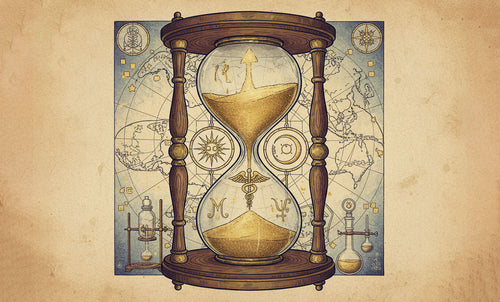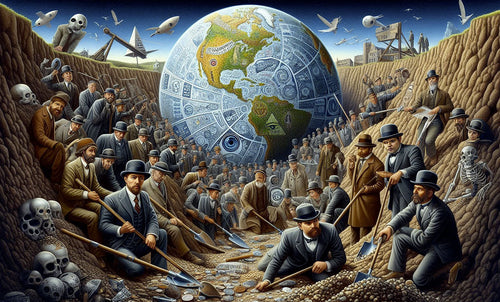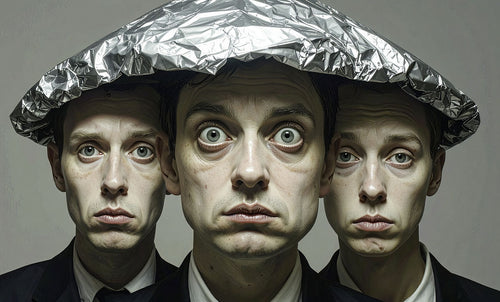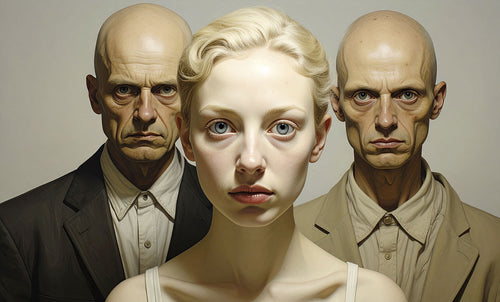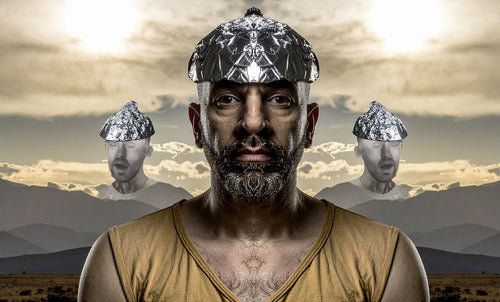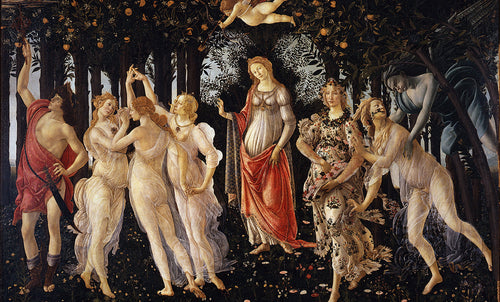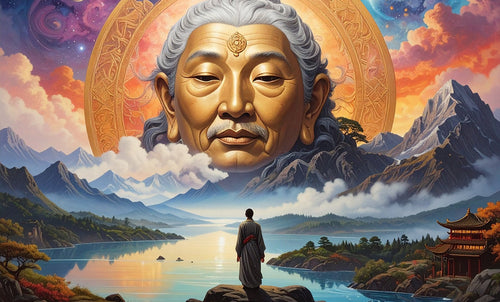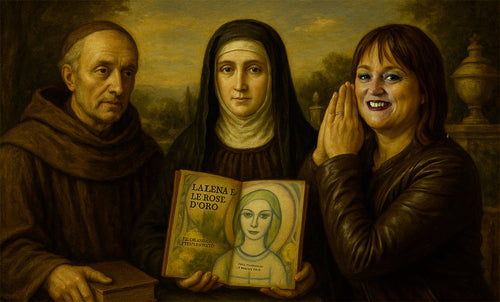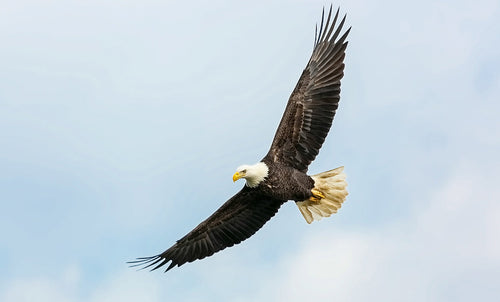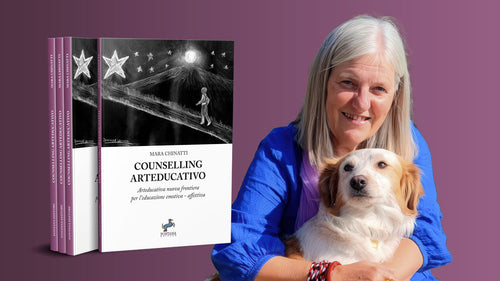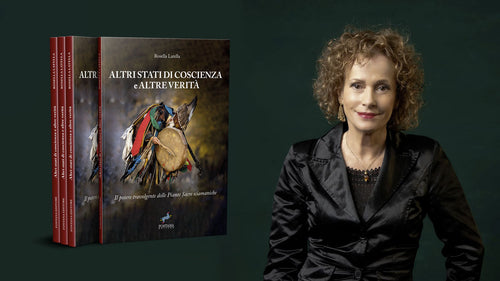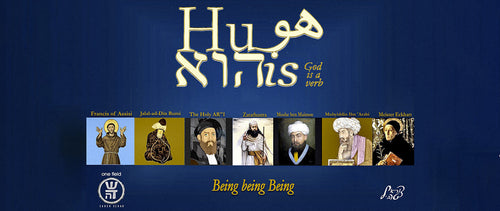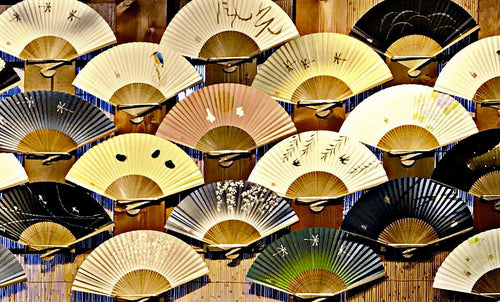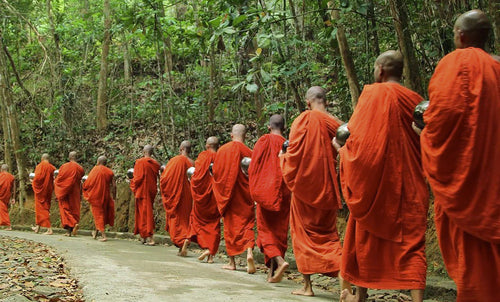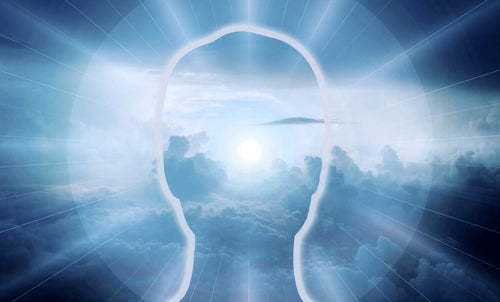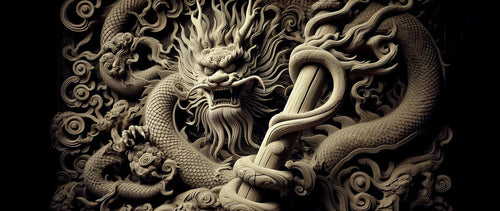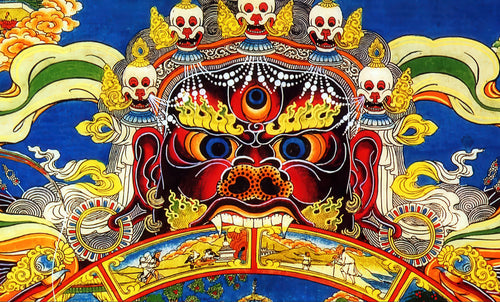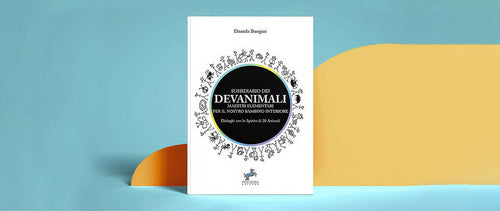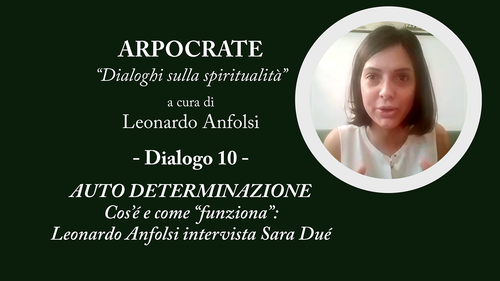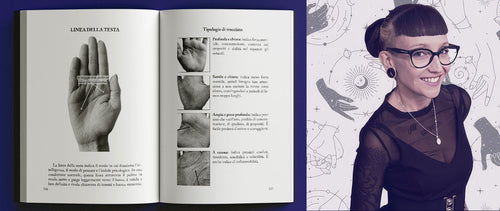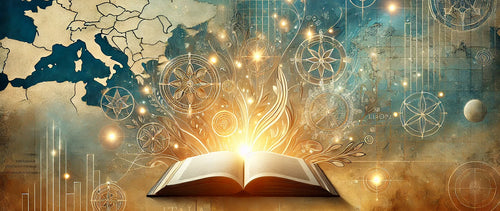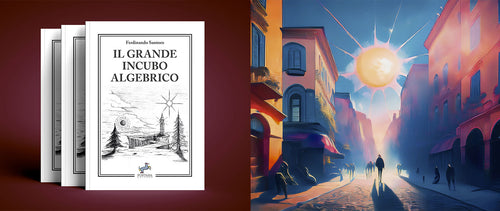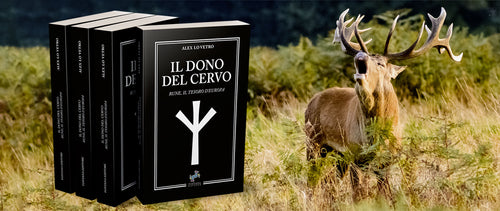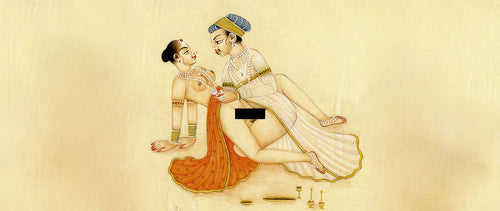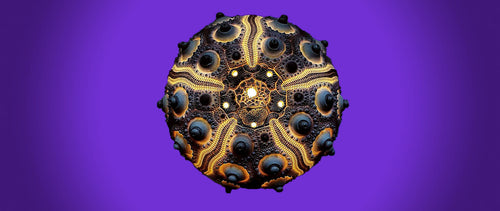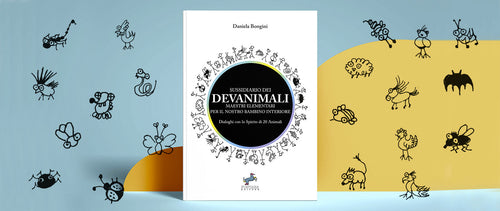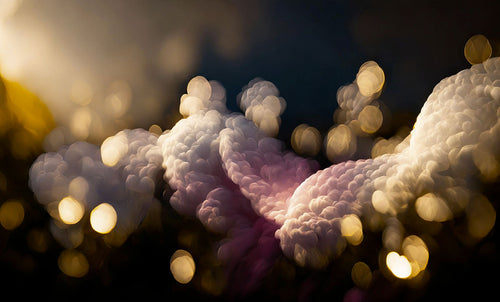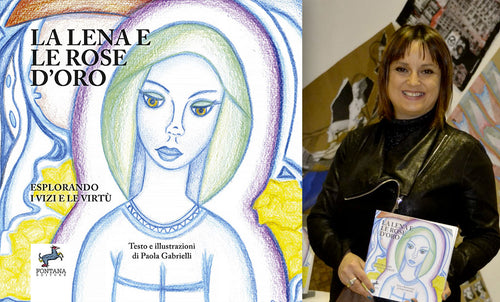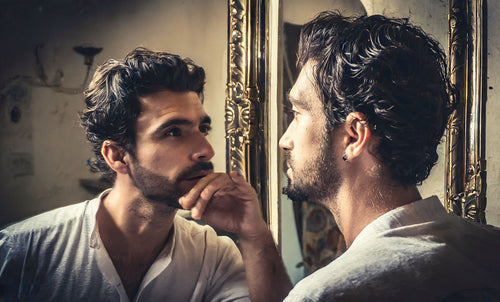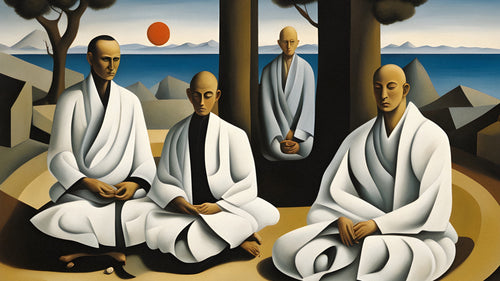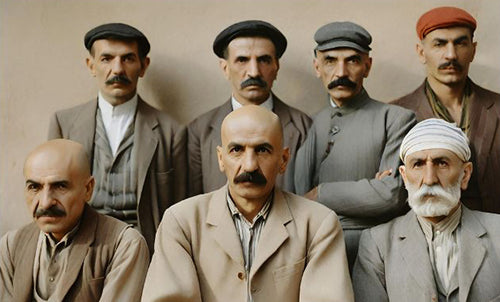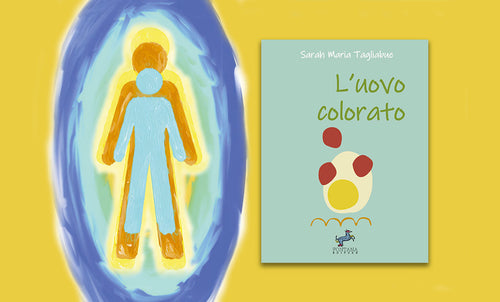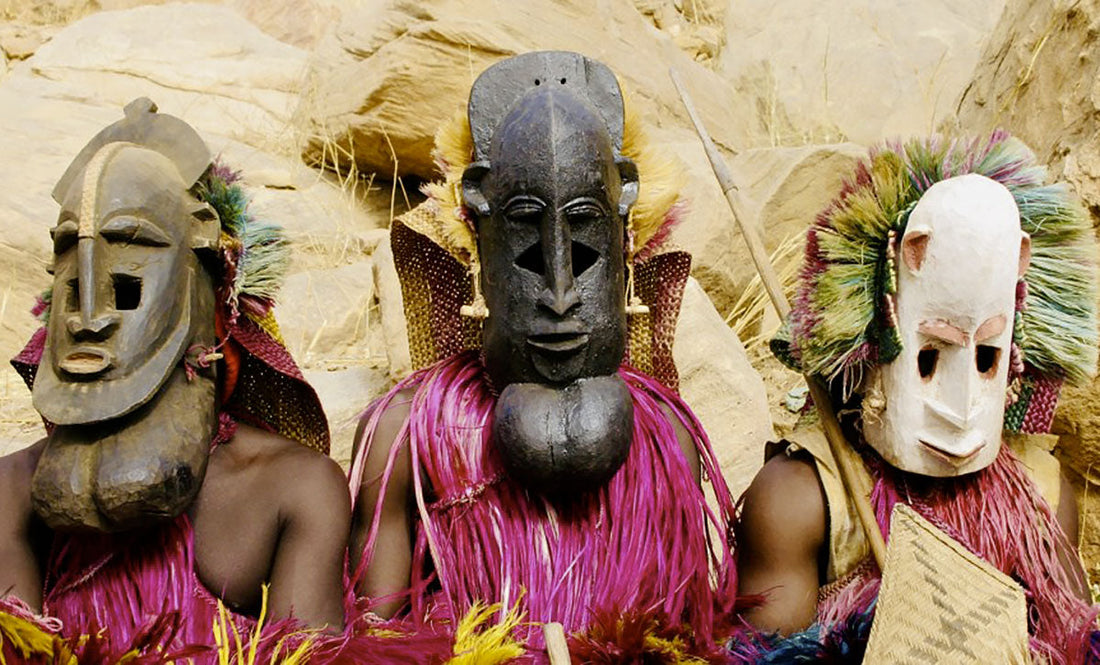
Body. The Divine Code
Alessandro Rusticelli“The body is the first home of the sacred.” (African proverb)
At the heart of traditional cultures, long before the advent of codified religions and colonial intervention, life was perceived as an indivisible whole. There were no rigid boundaries between body and spirit, between pleasure and prayer. The visible world was continually traversed by invisible forces and powers. In that distant, mysterious era, sexuality was not experienced as a sin, but as a language of the sacred, a ritual of power and a creative gesture. In this short article, we will explore together how eros was conceived and celebrated in some non-Western cultures, often marginalized in mainstream thought: from the Near East to the symbolic landscapes of animist Africa, to the violent civilizations of pre-Columbian America. In each of these traditions, the body is never simply an object, but an instrument, a symbol, and a gateway to mystery.
Near East – Sex as Cosmic Power and Divine Kingship
In the Mesopotamian world, one of the most ancient and sophisticated in human history, sexuality was not relegated to the private sphere. It was a political, theological, and cosmic act. The celebrated sacred wedding between the king and a priestess of the goddess Inanna (later identified with Ishtar) was not merely a symbolic ritual: it was a true liturgy of power, an earthly representation of the union between the goddess and the shepherd-king Dumuzi. The act, likely celebrated in the temple through a royal union, served to renew the world's vital energy, promoting the fertility of the land, ensuring crops and the continuity of the social order. In short, the human orgasm echoed the original orgasm of the cosmos and repeated creation.
It is little known, but this vision also spread to the pre-Islamic cultures of the Arabian Peninsula. Before the religious unification brought by Islam, Arabia was a mosaic of cults and sanctuaries. Among the most venerated deities were the triad of Al-Lat , Al-Uzza , and Manat , lords of fate and the phases of the moon. It is evident that contact with the civilizations of Babylon, Syria, and Egypt—where erotic-sacral practices flourished—fueled similar rituals in Arabia, which included sensual dances, gestures of divine possession, and temple offerings. Traces of this process are also found in pre-Islamic Bedouin poetry, which offered a more intimate but no less spiritual vision of eros.
Poets like Imru' al-Qays and Majnun Layla described the beloved as a source of ecstasy, a mirage in the desert, and a gateway to the invisible. For them, unfulfilled love became a veritable springboard to the absolute, anticipating some of the themes dear to Sufism. With the advent of Islam, many practices related to sacred sex were reformed or repressed, yet Sufi mystics continued to consider desire a privileged path to God. The great voices of this movement used erotic language to describe ecstatic union with the divine Beloved. For example, Ibn Arabi described love as a mirror of eternal beauty: a carnal feeling that becomes contemplation and union with the Absolute.

Not far from the Arab world, Africa, with its spiritual and symbolic richness, offers one of the most profound and sensual visions of the sacred. Here, the body has always been a language of initiation and a space inhabited by the divine. In Dogon cosmology, for example, the creation of the world occurs when the god Amma unites with the initially reluctant Earth . From their violent relationship, the cosmos originates, which the tribe's rituals celebrate through dance, phallic masks, and erotic gestures.
Something similar is found in the traditional religions of the Yoruba and Fon peoples, spread between Nigeria and Benin, where sexuality takes on a profoundly spiritual function. In the ceremonies of these people, priests are "possessed" by deities such as Shango , emblem of virility and strength, or by Oshun , goddess of fresh water and grace. During trance states, the priest's body becomes a living theater of the divine and a public manifestation of its power. In these contexts, man does not simply honor the divinity: he embodies it, welcomes it, becomes its spouse, participating in a mystical marriage that brings different worlds together. The flesh, far from being an object of shame or denial, is considered sacred, because it is the seat of vital power and a means of communication with the invisible.
A look at the peoples of pre-Columbian America reveals just as many surprises. Among the Maya, the universe is described as the fruit of the union between primordial divine entities. Sexual rituals, sometimes staged in temples or performed symbolically, served to nourish the gods and maintain the cyclical balance of time and the seasons. Among the Aztecs, the goddess Xochiquetzal , patroness of beauty, desire, and art, was venerated with songs, sensual offerings, and celebrations in which pleasure was the channel of communication with the supernatural world. Among the Incas, however, the sacred union between Inti , god of the Sun, and Mama Quilla , goddess of the Moon, represented the cosmic model for every earthly marriage and guaranteed its fruitfulness. The connection of these peoples with the idea of an original creative force was so profound that it was expressed in the devotion to Pachamama , mother of all races existing in the universe. Daily offerings such as coca leaves, shells and sometimes seminal fluid were dedicated to her.
Not everyone knows that in the territories of present-day North America, many tribes recognized and venerated the figure of the Two-Spirit: individuals who embodied both masculine and feminine elements. They were often shamans, healers, or spiritual guides, whose role transcended gender conventions. These figures were sacred within the community and were perceived as bearers of a wisdom that united the seemingly contradictory aspects of nature.

In light of the many cultural examples we have listed, a profound anthropological and psychological constant emerges: sexuality, when sacralized, always sits on the margins or close to the taboo. It is here, on this ambiguous threshold between fear and desire, that a gateway to the unknown opens up, a potential space for transformation. Taboo exerts a restless and ambivalent fascination on the human soul: on the one hand, it represents what must be avoided, the insurmountable limit imposed by culture, religion, and morality. On the other, it is precisely this prohibition that makes it so compelling, as if at the very heart of the prohibition lies a secret force, a promise of revelation.
Taboo, from this perspective, is not just a social barrier: it is a symbolic boundary that separates the ordinary from the extraordinary, the known identity from the one still potential.
In many archaic and initiatory spiritual traditions, confronting taboos is an integral part of the inner journey. It is not simply a moral transgression, but a shift in one's state of consciousness. The act that breaks the norm—if performed in a ritual space and with full awareness—becomes an opportunity to awaken forgotten dimensions of being. Thus, we discover that what frightens us is often what can heal us.
As in the myth of the shaman who descends into the underworld, the encounter with the dark is not a mistake, but an initiation. A prime example comes from certain schools of Indian Tantra, which have deliberately provocatively adopted practices deemed sacrilegious by Brahmanic orthodoxy, such as the ritual consumption of meat, alcohol, and sexual intercourse.
But the profound meaning of these practices isn't anarchic license: on the contrary, they are powerful tools for transcending the duality between pure and impure, sacred and profane, body and spirit. The goal is not to indulge desires, but to transform them into vehicles of knowledge. Tantra teaches that the very object of fear or desire contains the energy necessary for awakening: it's about transmuting poison into medicine, through vigilant presence and inner discipline.
This insight is also found in the thought of Carl Gustav Jung, the psychoanalyst who more than any other was able to combine Western wisdom with Eastern spiritual traditions. For Jung, taboo coincides with what has been repressed or repressed in the individual psyche: the Shadow , that set of desires, fears, impulses, and potentialities that the conscious self refuses to acknowledge. But the Shadow is not "evil" in an absolute sense: it is the forgotten part of the soul, that which awaits integration. In dreams, myths, and religious symbols, disturbing archetypal images often emerge—incest, death, wild eros—which should not be censored or imitated, but rather understood for their transformative power.
Jung sees confronting taboo as an initiatory test: overcoming what we fear or repel, recognizing what disturbs us, is the first step toward liberation from a fictitious identity, based on social masks and unconscious defenses. Only by dying to the old image of ourselves can we discover the authentic Self, the profound unity of being. Ultimately, taboo is not an enemy to be fought, but a threshold to be crossed with courage and symbolic intelligence. Overcoming it does not mean committing evil, but integrating what has been excluded, healing the rift between body and spirit, between desire and consciousness.

In all the civilizations evoked in these pages, sexuality was never conceived as a simple animal instinct. Rather, it was conceived as a primordial and sacred gesture, a symbolic language capable of articulating what words dare not express. Intercourse, far from being a private or mechanical act, was experienced as a ritual and revelation, an ecstatic threshold between worlds. In all these archaic universes, eros was a sacrament, a bridge between the human and the superhuman, between the transience of the flesh and the eternity of the soul.
But what sense does it make, today, to turn our gaze to such remote memories, fragments of a reality now dissolved? Yet they still speak to those who are willing and patient enough to listen. Today more than ever, in an age that has lost the language of the sacred and has desecrated the body to the point of turning it into merchandise, appearance, and consumption, rediscovering these ancient visions means embracing a new way of being in the world: a possibility in which the flesh is not the enemy of the spirit, but its ally; in which desire is not guilt or distraction, but a transformative force.
It is an invitation to reintegrate the sacred into matter, to recover the mystery that vibrates in contact, the splendor hidden in the loving gesture. These ancient narratives offer themselves as initiatory keys, capable of opening gateways to a new awareness of body and soul. Because eros, when not debased or censored, can become a path of knowledge, a journey of awakening, a silent liturgy that reconnects the creature to the cosmos. It is not, therefore, a return to the past, but a progression toward the profound.
Bibliography
- Eliade, Mircea. A Treatise on the History of Religions . Bollati Boringhieri, 1994.
- Gebelein, Hermann. Religion in Ancient Egypt . San Paolo Publishing, 2003.
- Herdt, Gilbert. Guardians of the Flutes: Idioms of Masculinity . McGraw-Hill, 1994.
- Leach, Edmund. Sex and Society . Oxford University Press, 1971.
- Rouget, Gilbert. La musique et la transe . Gallimard, 1980.
- Bastide, Roger. African Religions . Einaudi, 1972.
- Clastres, Pierre. Society Versus the State . Feltrinelli, 1977.
- Tedlock, Dennis. Popol Vuh: The Mayan Book of the Dawn of Life . Simon & Schuster, 1996.
- Turner, Victor. The Ritual Process . Aldine Publishing, 1969.

